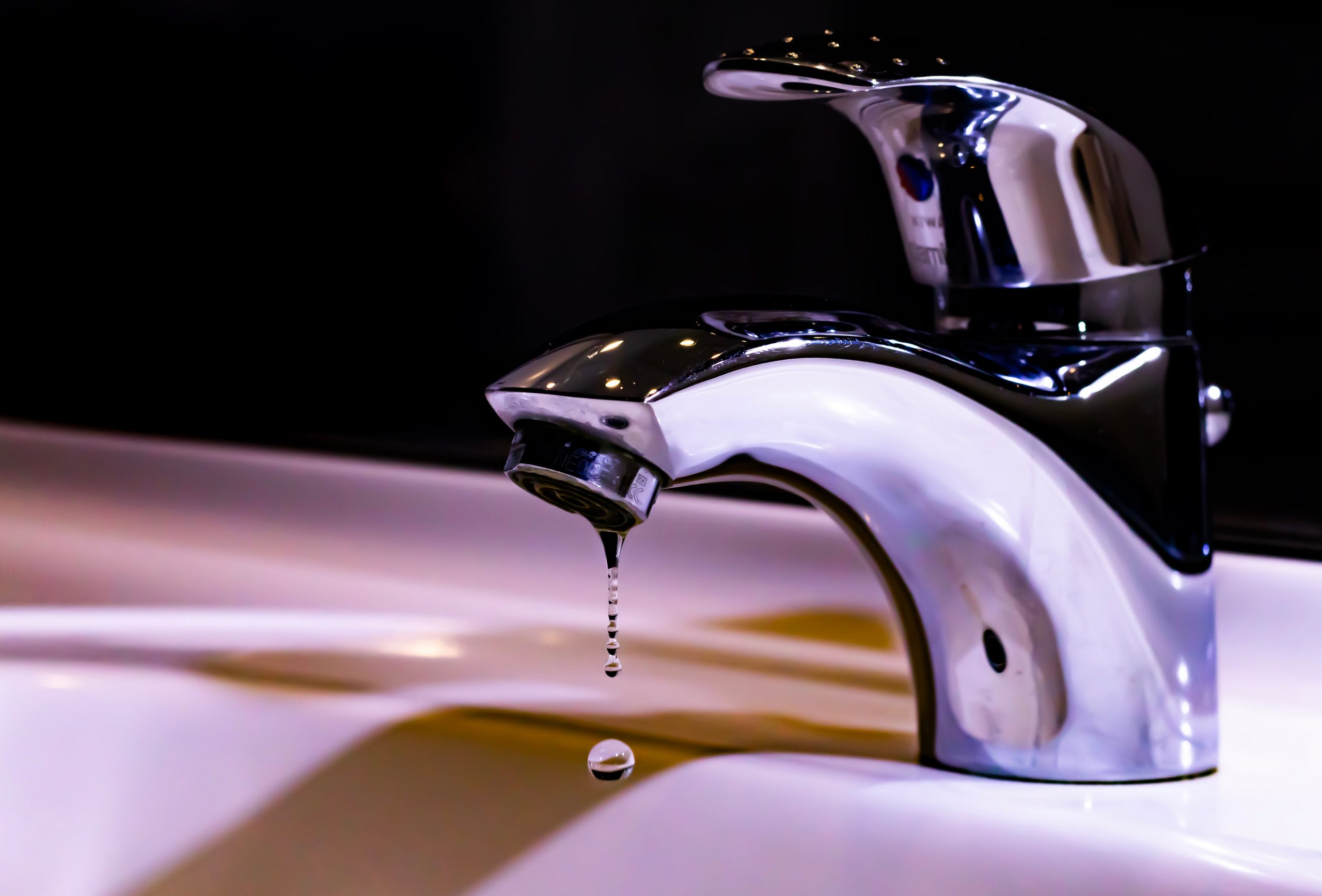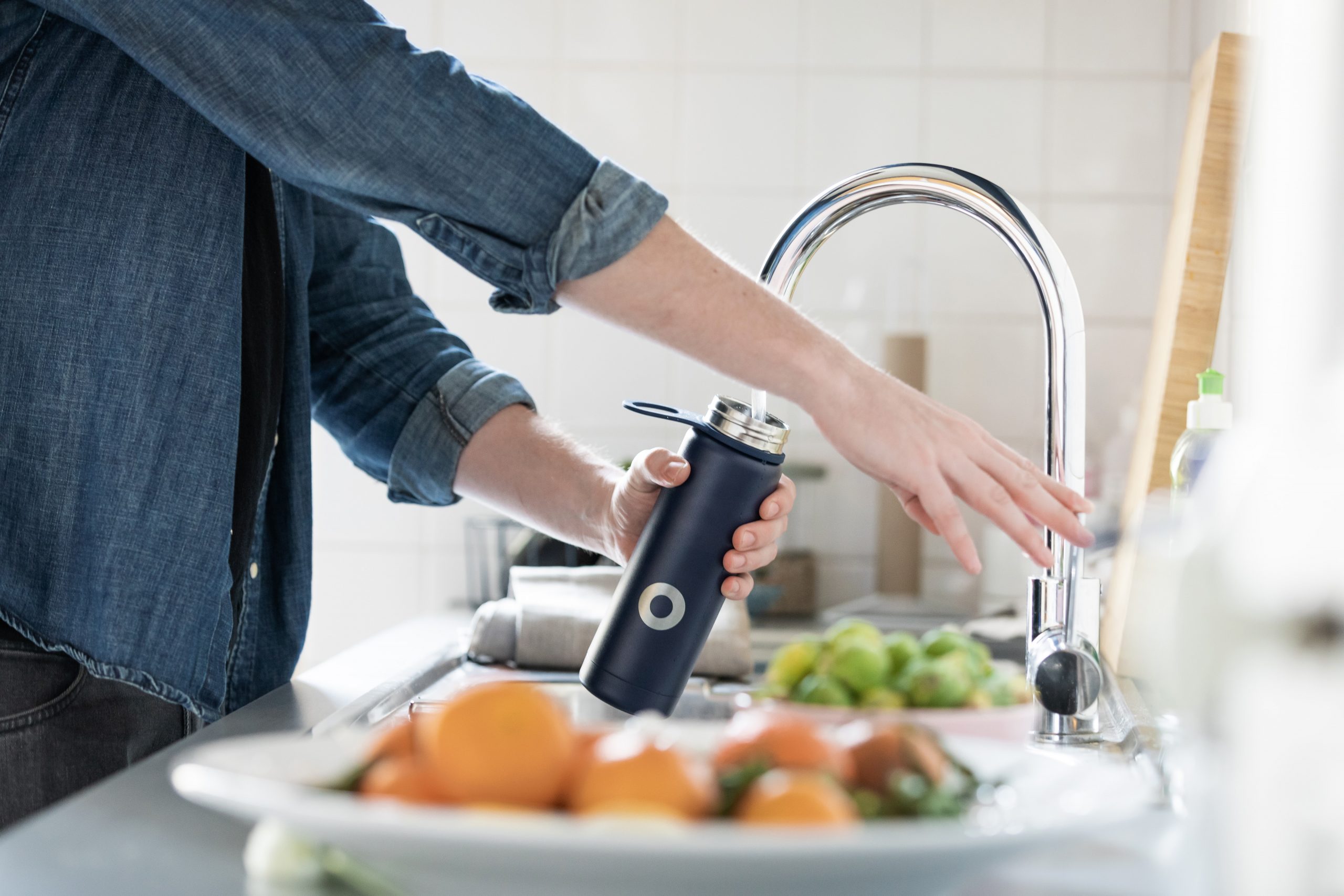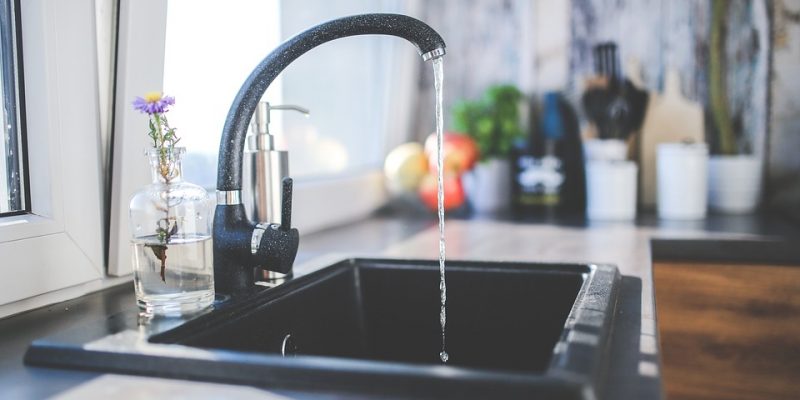Having access to clean, safe drinking water is essential for a healthy life. Unfortunately, not everyone has access to clean water due to environmental or economic factors. In such cases, purifying the available water at home can be a great solution. There are several ways of purifying your own drinking water at home – from boiling to using specialized filters – although each method has its pros and cons depending on your situation and budget. In this article, we’ll look into some common methods of purification so you can make an informed decision about which one would suit your needs best.

Use A Shower Filter
Using a shower filter is an affordable and relatively simple solution to purify your drinking water at home. Shower filters usually use activated carbon to absorb contaminants, such as chlorine and other chemicals, from the water supply. Some models also come with an additional secondary filter to remove bacteria and microorganisms. When choosing a shower filter, make sure to pick one that is high quality. This way, you can be sure that your water is being properly filtered.
Boiling Water
Boiling water is one of the most common methods used to purify drinking water at home. This method works by heating the water until it boils, which kills any bacteria and other pathogens present in the water. To ensure that your drinking water is safe to consume, you should let the water come to a rolling boil for at least one minute. It is also important to make sure that you are using a heat source that is clean and free of contaminants, such as gas, wood, or coal-fired stoves.
If boiling the water makes it taste bad, you can add a pinch of salt or sugar to improve the taste. It is also important to note that boiling will not eliminate chemical contaminants such as lead, so additional steps may need to be taken if you are concerned about these types of pollutants.
When boiling water for purification, make sure to use a pot or vessel made from safe materials. Pots and pans made from stainless steel or glass are the best materials to use because they will not release any contaminants into the water.
When finished, you can store the purified water in a clean and sealed container for future use. It is important to replace old containers regularly to ensure that your drinking water remains safe and free of contaminants.
Reverse Osmosis
Reverse osmosis is a more advanced method of purifying drinking water at home. This method works by forcing the water through a semipermeable membrane, which removes solids and contaminants from the water supply. Reverse osmosis systems can be costly to install, but they are effective in removing most pollutants from drinking water, including heavy metals, pharmaceuticals, and chemical contaminants. They are also effective in reducing the number of dissolved solids in water, such as salts and minerals. Reverse osmosis systems require periodic maintenance and filter replacements to ensure they continue to work properly over time. It is important to consider local water hardness when planning a reverse osmosis system so that the proper filters can be installed. It is also important to make sure that the system has adequate pressure, as low-pressure systems can reduce the effectiveness of this method of water purification.
Water Purifier
Water is essential for life, but it can also contain harmful contaminants, such as microorganisms, chemicals, and toxins. A water purifier for home use can provide clean drinking water by removing these impurities. There are several types of water purifiers available on the market.
First, consider the type of contaminants you want to remove from your water. Different types of purifiers are designed to address specific types of contaminants. For example, some filters contain a carbon-based material that can effectively remove chlorine and other chemicals from the water, while other designs use ultraviolet radiation to destroy living microorganisms like bacteria and viruses.
Second, consider the size and flow rate of the purifier. A larger capacity filter will require fewer replacements over time, so choose one that is suitable for your household’s water needs. Additionally, look for a filter with a high flow rate to ensure you get enough fresh water when needed.
Iodine Addition
Consider whether to use an iodine-based treatment when purifying your water. Iodine can be added to the water to kill any bacteria or viruses that are present. However, iodine can be toxic if consumed in high quantities, so it is important to follow the manufacturer’s directions for use and replace the iodine regularly.
Iodine is usually available in tablet form and should be added to the water at a rate of one tablet per liter of water. Let the iodine sit in the water for at least thirty minutes before drinking or using it for cooking. It works by disrupting the metabolism of bacteria and viruses, which kills them.
Test Your Water
Finally, you should always test your drinking water after purifying it. This will ensure that the method you have chosen is effective in removing contaminants from the water supply. There are several types of home-use water testing kits available on the market, so choose one that best meets your needs. Water testing can help you see if additional steps need to be taken to further purify the water, such as additional filtration or iodine treatments. If your water tests positive for contaminants, contact your local health department for more information.

By following these steps, you can easily and safely purify your drinking water at home. This will ensure that your family has access to clean, safe drinking water so that they stay healthy and hydrated. Be sure to replace filters regularly, test your water, and follow the manufacturer’s instructions for all of your water purification methods to ensure you are getting the most out of your home purification system. It is also a good idea to contact your local health department or water supplier for more information on drinking water safety. With the right knowledge and equipment, you can easily purify your drinking water at home. We hope that this article was helpful!




















